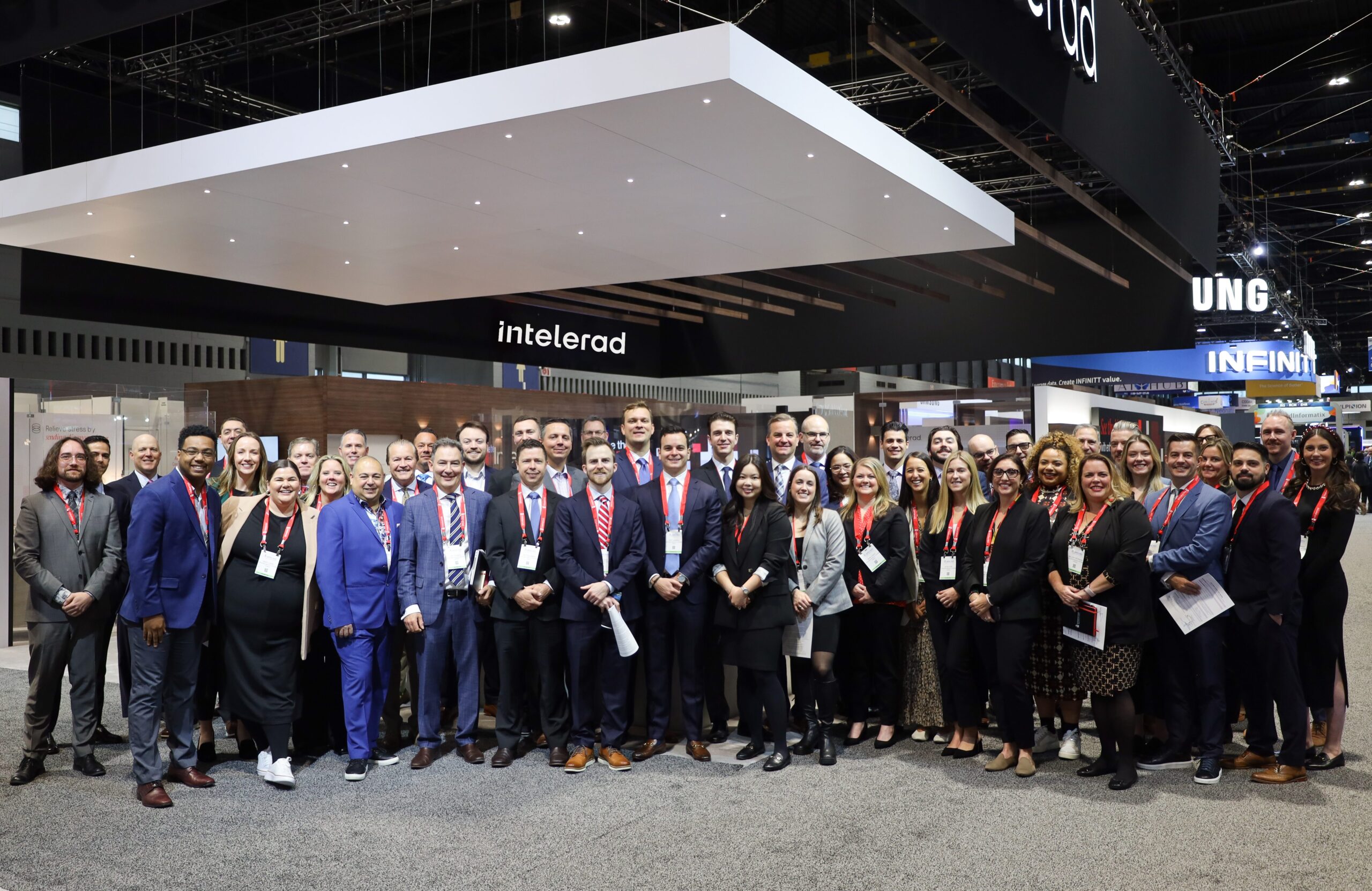Founded by a single doctor in 1927, Diversified Radiology of Colorado (DRC) is made up of 60 radiologists, who serve 88 hospitals and 57 clinics across 18 states. Committed to providing high-quality patient care, DRC ensures that each study is interpreted by a subspecialist to deliver the most qualified and informed interpretations 24 hours per day, seven days per week.
It doesn’t matter where the study comes from – whether it’s a rural access hospital or downtown Denver, a fellowship-trained subspecialist will read their study. For patient care, that’s absolutely huge.
Chris McMillan, Chief Executive Officer, DRC
Sub-Specialty Focus Sets Practice Apart, Brings Unique Challenges
Based in Denver, DRC first adopted cross-enterprise imaging in the early 2000s. At the time, they were receiving a large number of orthopedic referrals and to meet the demand, elected to have their musculoskeletal specialist centrally located in order to interpret studies for multiple healthcare organizations.
While this provided high-quality reads for referrers, it forced radiologists to log in and out of multiple systems throughout the course of a day, which negatively affected productivity. As the service they provided became more popular, the more problematic the situation became.
Another challenge arose from the demand for 24/7 services. As the subspecialty business model evolved in the practice, maintaining the same level of service at night strained DRC’s resources. Eventually, the practice had no choice but to outsource night reads in order to maintain their subspecialty focus.
InteleOne® Provides Universal Reading Environment, Streamlines Workflow
As business challenges started to limit growth opportunities, DRC began searching for a way to streamline their radiologists’ workflow. This search would lead them to InteleOne, which consolidates image and patient data from their customers’ disparate systems into a single, unified workflow solution.
Deploying the system meant that DRC radiologists no longer had to bounce between different PACS systems to read studies across facilities. Instead, they were provided single-sign-on access to all of their systems with federated access to images (including priors) from a wide variety of disparate sources. This not only provided a significant boost to productivity, but would also provide radiologists with greater patient context when interpreting exams.
A 20% Efficiency Gain Enables Expansion of Service Offering
According to McMillan, revamping the radiologist’s work environment has been tremendously beneficial in terms of productivity.
InteleOne’s single reading environment and single voice recognition solution increases our doctor’s efficiency by a minimum of 20 percent.
Chris McMillan, Chief Executive Officer, DRC
These efficiency gains have enabled a dramatic improvement in turnaround time. Whereas five years ago, DRC would guarantee that a study would be read in 24 hours, they now ensure a 30-minute turnaround for STAT read and four hours for a routine study. That said, their average turnaround time – for any type of study, across any modality – is currently less than 17 minutes.
It has also allowed them to increase their study volume, which is double what it was 10 years ago, and reclaim their night read business.
Perhaps most impressive about DRC’s efficiency gains, is that they’ve been accomplished without having to compromise quality. Today, each study is read in-house by the group’s most appropriate subspecialist. This includes night reads, as outsourcing them was no longer necessary.
It doesn’t matter where the study comes from – whether it’s a rural access hospital or downtown Denver, a fellowship-trained subspecialist will read their study.For patient care, that’s absolutely huge.
Chris McMillan, Chief Executive Officer, DRC
The quality of interpretations is greatly enhanced by InteleOne’s ability to automatically pre-fetch prior studies from across the imaging ecosystem. The process of manually locating priors is always time-consuming and often incomplete. Through integration with other hospital systems, the solution can automatically identify and present prior patient studies, including those performed and/or archived at another facility. Not only does the solution’s master patient index retrieve possible matches that may use a different patient ID, but they are presented using the radiologists hanging protocol preferences. This provides DRC radiologists with an efficient way to see the patient’s complete history, upon which higher quality interpretations can be made.
By automating this complex process with InteleOne, consistency is maintained, the opportunity for error is minimized, turnaround time is vastly improved, and patient care is enhanced. “We were quite happy to finally find a product that would enable us to do this,” said McMillan.
In addition to quality and productivity gains, InteleOne has provided DRC with numerous operational benefits as well. Foremost, providing reading services to such a large group of healthcare organizations creates enough volume so that each subspecialist has a full caseload at all times, without experiencing periods of downtime or having to read studies from outside their specialty.
Also, using Intelerad’s Analytics module with InteleOne, DRC is able to track key metrics across the enterprise, including radiology productivity, quality assurance, departmental workflow and system level data.
Intelerad Analytics allows me to measure all my information, time stamping all the phases of the workflow. This allows me to break down anything I want while providing me the flexibility to do any number of types of slices and dices on the data.
Chris McMillan, Chief Executive Officer, DRC








